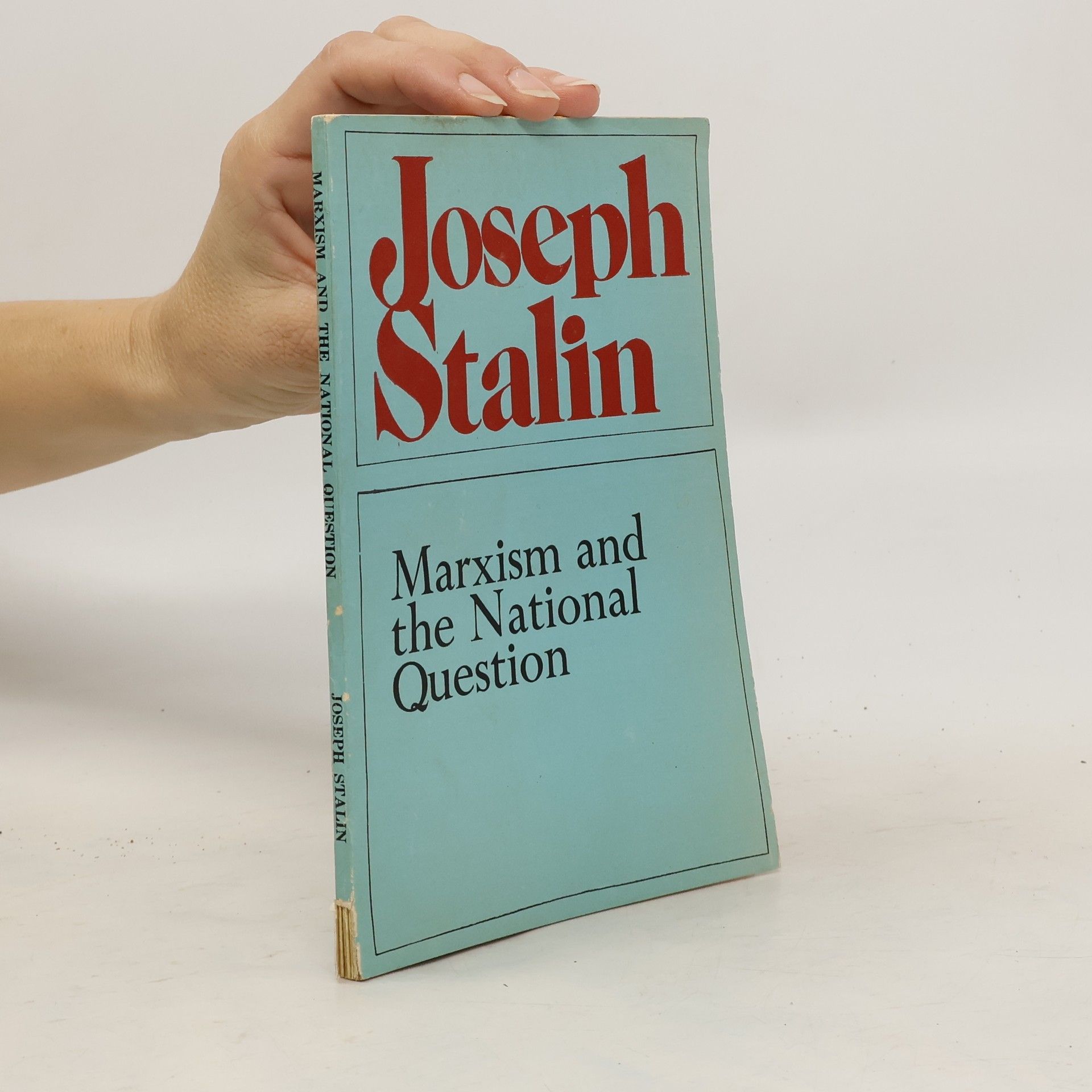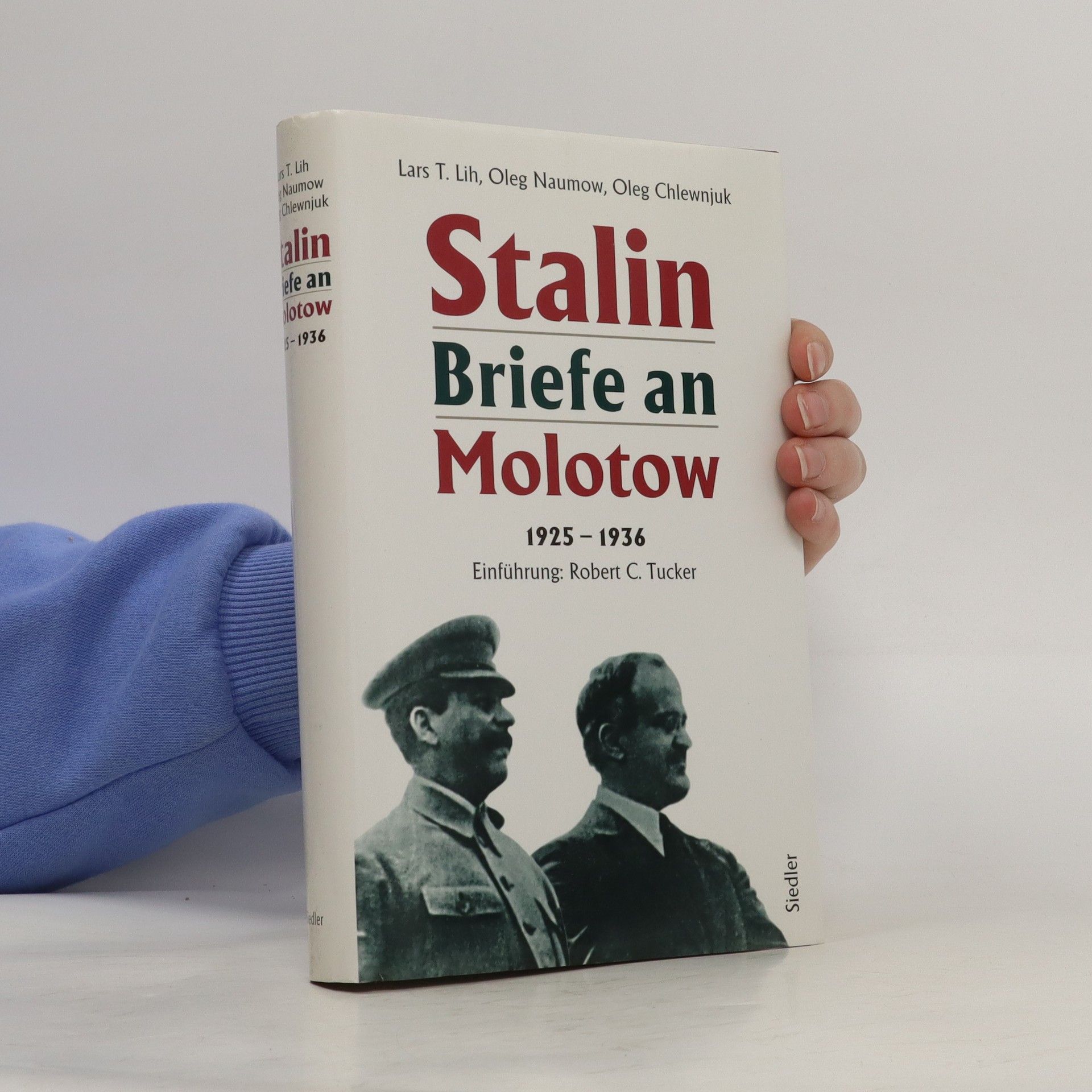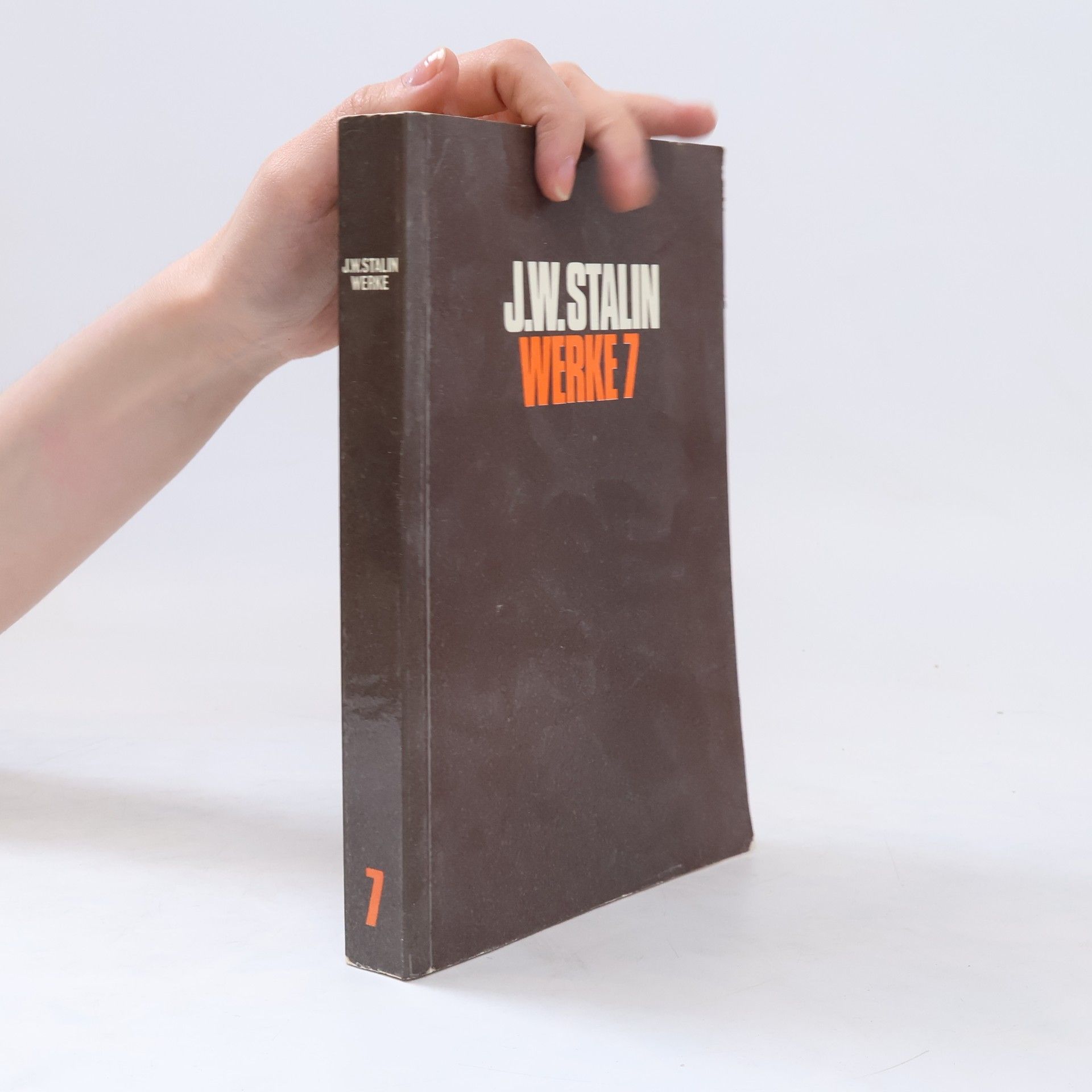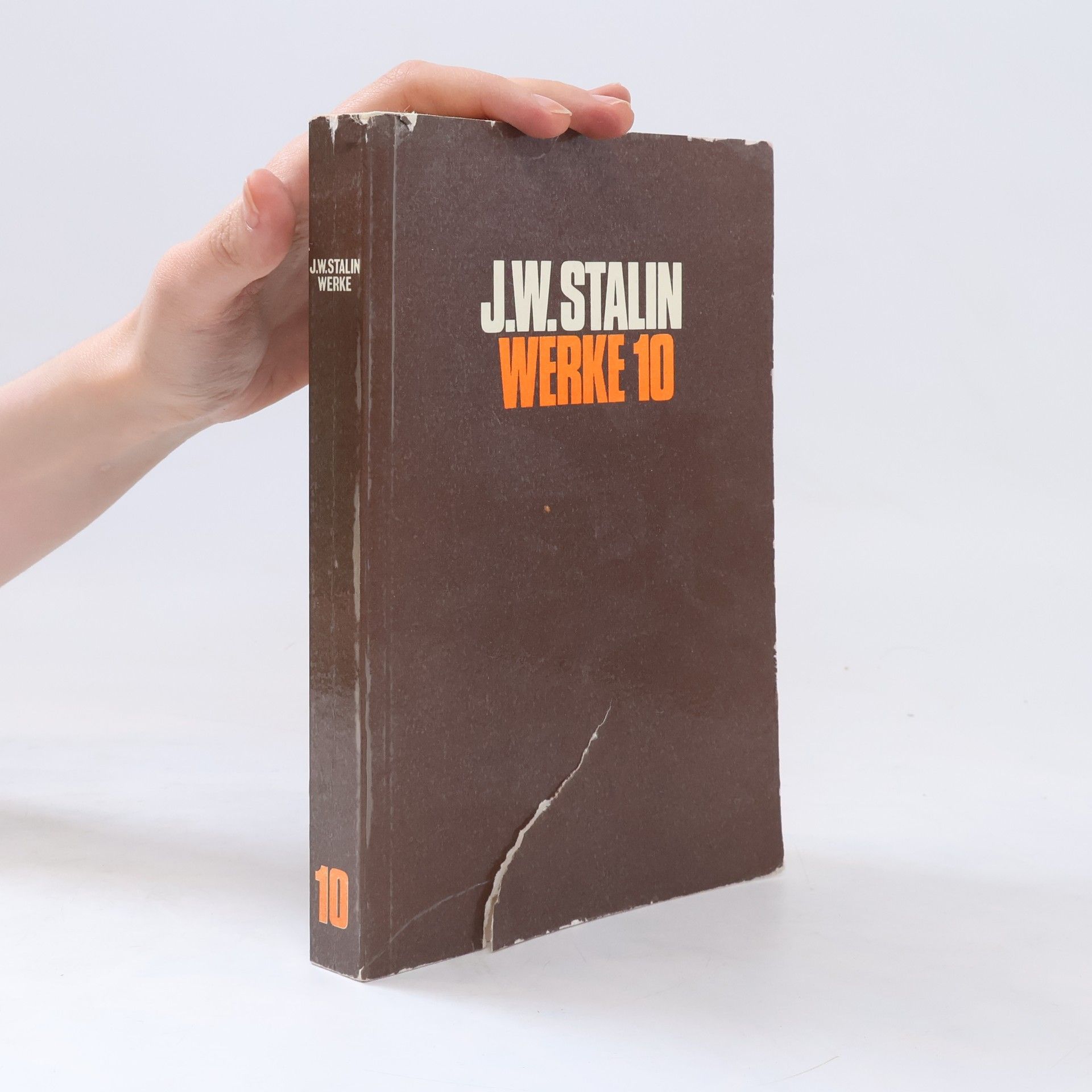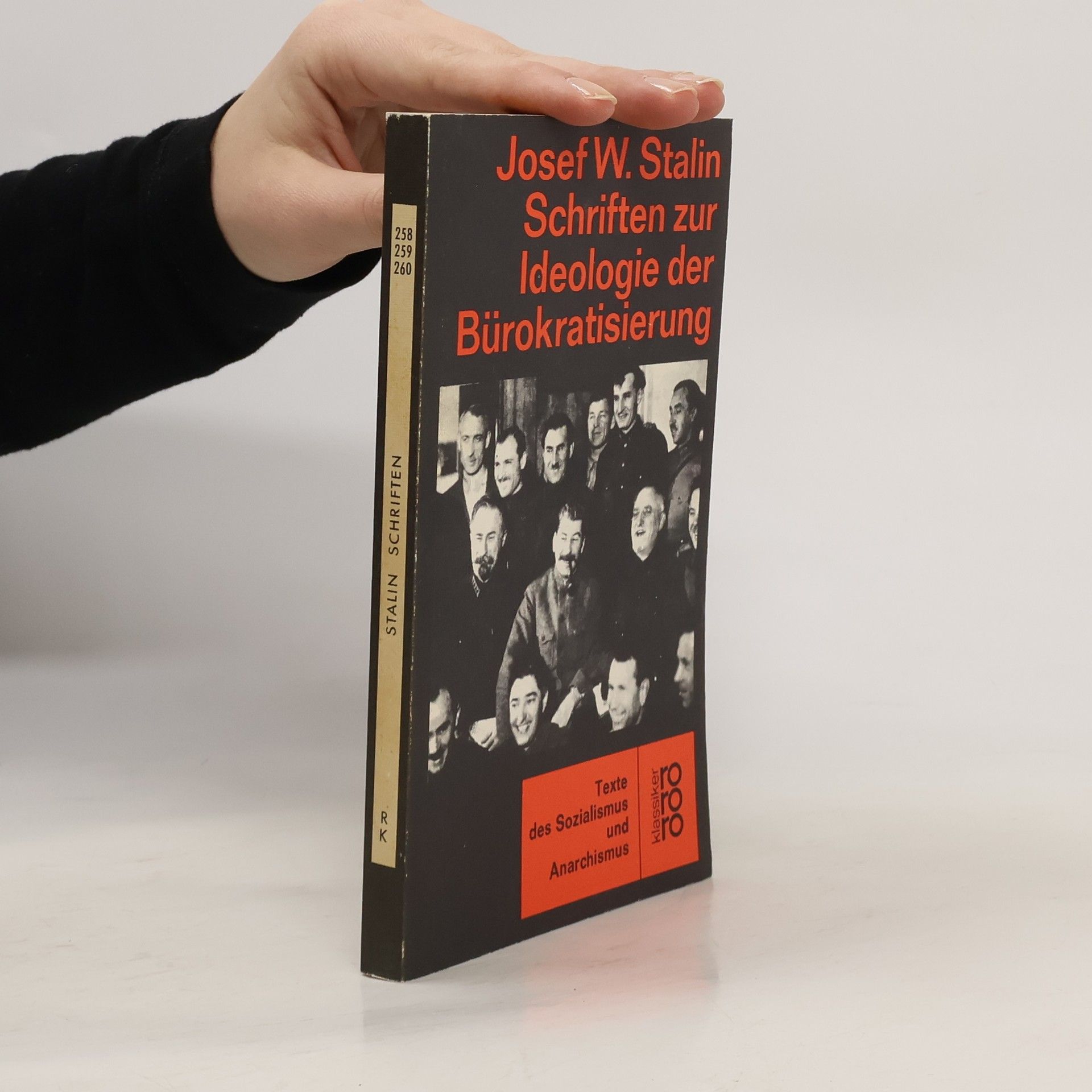Anarchism or Socialism?
A Navy SEAL's Guide to Crushing Your Enemy, Fighting for Your Life, and Embracing Your Inner Badass
- 88 pages
- 4 hours of reading
Analyzing anarchism through a Marxist lens, this work by Joseph Stalin critically examines the ideological differences between anarchism and socialism. Written in the aftermath of the 1905 Russian Revolution, it reflects Stalin's firm commitment to Marxist principles during a pivotal time in Russian history. The text serves as a significant exploration of political theory, contributing to the broader discourse on revolutionary thought and the direction of socialist movements.


